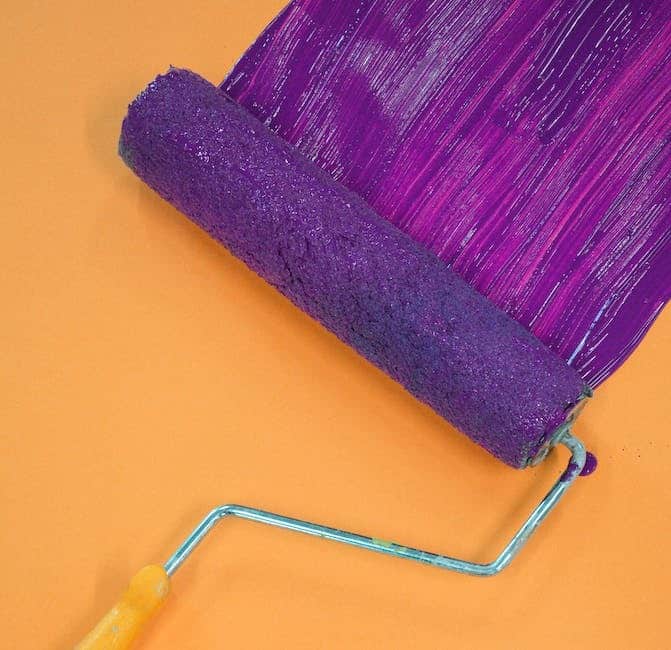It may not seem like it, but there are simple things any person can do to improve their mental health. One such way is to improve the environment you live in. Those that struggle with anxiety and depression can sometimes attest that an environmental factor is there to impact how they feel. This can be a negative or a positive impact, but there is no denying that your surroundings play a big part in how you feel.
But how do you go about changing your environment, especially when you have trouble with chronic fatigue or executive dysfunction? It’s easier than you think.
Sunshine Improves Mental Health
Sometimes it is as simple as opening a curtain and letting the sunshine in. Many people, when dealing with a mental health disorder, will often self-isolate. This not only means avoiding people but also avoiding the outside. It is believed that a deficiency in vitamin D may play a big role in feelings of depression. The best way to get this is by exposing yourself to sunshine.
Opening the curtains is a quick and easy solution, especially if you have windows that let in a lot of light. Keeping yourself in darkness only worsens the effects of a mental health disorder. Try opening the curtains and spending some time sitting in the sunshine. You may notice a big difference.
Clutter Negatively Impacts Mental Health
Humans tend to like things to be relatively neat. There are those that like a little bit of creative chaos, but for the most part, we like to feel a semblance of order. Many types of mental health conditions sap the energy away from people. When people have little energy, they will prioritize what they feel is most important over-cleaning. This allows clutter to build up, which only worsens feelings of depression and anxiety. Finally, it reaches a stage where it feels too much to handle and leaves someone feeling helpless.
For severe clutter, several organizations exist that help people with mental health disorders clean out their homes. The person is in charge and makes the decisions, but the physical work is done by others. This allows those who cannot physically tackle the problem to accomplish a solution.
For those that feel as though they don’t need a full service, they can eventually clean out the clutter on their own. The trick is to not try to do everything at once. Make a small and accomplishable goal every day and keep at it. It can be as simple as making a goal to gather dirty laundry into a single basket instead of trying to do all the laundry at once. By breaking the tasks down, you will be surprised how easy and quick it is to regain control over your living space.
Greenery Goes a Long Way for Mental Health
Green therapy is not a new concept in the mental health field. Humans like to be around nature. It is an instinctual part of us that sometimes goes unsatisfied. This fact is especially true for that that may live in large cities, where trees and grass are sparse. To fix this, it is encouraged that people keep houseplants that are easy to care for. Bringing greenery into your space can help immensely with feelings of anxiety and depression. Having something to care for also helps motivate people to get around and move, even if it is just being sure that a plant gets watered.
Some people have gone all the way to turn their homes into a “green oasis.” This is not possible for all people, but many people feel better when having a few live plants around. A windowsill garden is possible for most people to maintain and can be used to grow everything from flowers to cooking herbs. Deciding to grow plants can quickly turn into a hobby, which can lead to forming support networks with other like-minded individuals.
Having something positive to focus on does wonders in improving someone’s mental health.
Focus on Color
Color theory is a very real concept that is used everywhere. For example, reds and yellows tend to make people feel hungry, so many fast-food restaurants have these colors in their logos. It’s why many hospitals are phasing out stark white walls in favor of more soothing and relaxing colors, such as muted greens and blues. Humans like color and become uncomfortable in the absence of color. If you are living in a home with white walls and white floors, sometimes a paint job can help immensely.
Try looking over color shades and see which ones interest you the most. Many hardware stores have free color swatches for anyone to take. It’s not just painting a room. Sometimes objects need a bit of color too. Many appliances are a simple steel color, but sometimes they can come in bright colors as well. Try looking around and see how much color is in your life. If there is none to be found, it may be a big factor in your mental health disorder.
Remember that these are tips to help improve people’s daily life. This does not take the place of professional care that many people need. If you are already revising care, then these tips can continue to help you. Your home should be a place where you are safe and relaxed. If it feels like a tomb or full of negative energy, there are ways to change it until you feel like you have control again.
Sometimes people may not know why they suddenly feel bad. This is especially true for those that have not experienced the typical triggers of a mental health disorder, such as a traumatic event. The fact is that sometimes people just need help with their mental health. At Acera Health in Costa Mesa, California, we have compassionate and caring staff available to help you and the people you love. Everyone deserves to be happy and feel as though they are living the best life that they can. If you or someone you know is struggling with a mental health disorder, call (949) 647-4090 today. Reaching out for help is the first step. Let us help you with the next.









